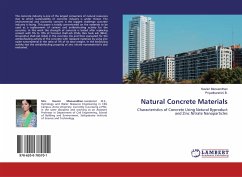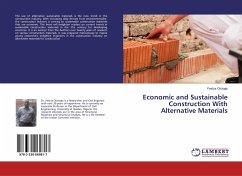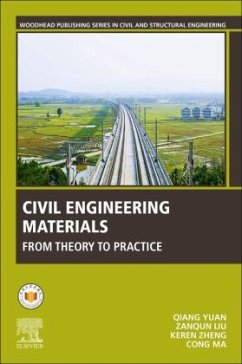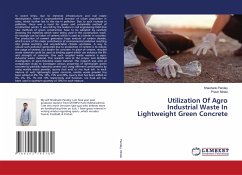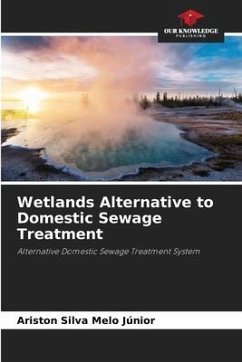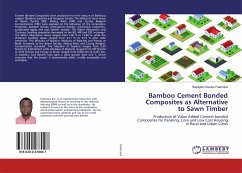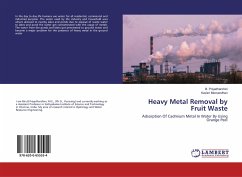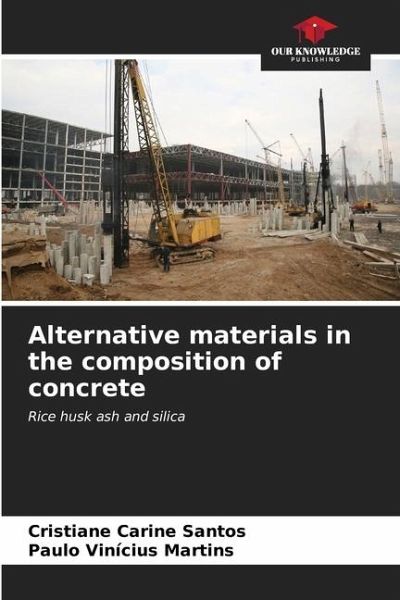
Alternative materials in the composition of concrete
Rice husk ash and silica
Versandkostenfrei!
Versandfertig in 6-10 Tagen
27,99 €
inkl. MwSt.

PAYBACK Punkte
14 °P sammeln!
The aim of this study was to analyze and compare the potential of using rice husk ash (RHA) and rice husk silica (RHS) in separate mixtures, as a partial cement replacement material and also as a cement reduction material in different concrete mixes. To this end, a reference mix was produced and the partial cement replacements and reductions were carried out at different levels. The analyses made it possible to identify which of the two pozzolans studied performed best in terms of axial compressive strength, water absorption, void ratio, specific mass and concrete slump. The study showed that ...
The aim of this study was to analyze and compare the potential of using rice husk ash (RHA) and rice husk silica (RHS) in separate mixtures, as a partial cement replacement material and also as a cement reduction material in different concrete mixes. To this end, a reference mix was produced and the partial cement replacements and reductions were carried out at different levels. The analyses made it possible to identify which of the two pozzolans studied performed best in terms of axial compressive strength, water absorption, void ratio, specific mass and concrete slump. The study showed that the higher the cement replacement rate for one of the pozzolans, the greater the consistency acquired by the concrete, losing its fluidity. The mixtures differed little in terms of void ratio, specific mass and water absorption. The mix that achieved the highest axial compressive strength was S2 (10% SCA), at 91 days of age, with 25.23% more strength than the reference concrete. However, theS6 mix (10% SCA+10% reduction) was the most successful at replacing and reducing the quantity.



